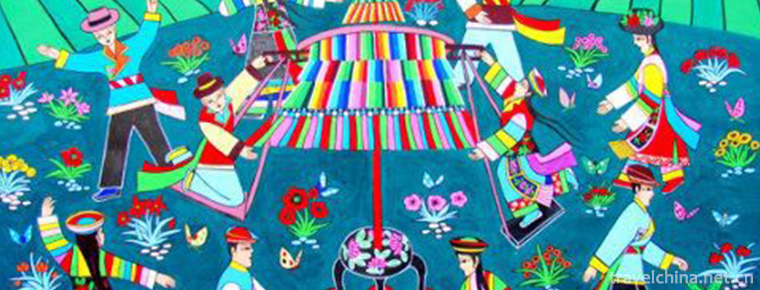2019-06-23

- By ChinaWiki.net
- Chinese Edition
- 2020-12-19
Guang'an Railway
Guang'an has five passenger railway stations (Guang'an station, Guang'an south station, Yuechi station, Huaying station and wusheng station). Among them, Guang'an station is an important material and passenger distribution center in eastern Sichuan. There are 20 pairs of passenger trains stopping every day, which can directly reach Chongqing, Kunming, Xi'an, Zhengzhou, Beijing, Urumqi, Guangzhou, Ningbo, Harbin, Taiyuan and Wuhan.
Guang'an south station, the Guang'an branch line of Lanzhou Chongqing railway, has been opened to traffic, making it more convenient for people in the main urban area of Guang'an to take trains. It has been included in Chengdu's "two-hour economic circle" and entered the era of motor cars. It has closer ties with surrounding cities, forming a regional secondary railway hub.
The railway lines that have been put into operation in China are Xiangyu railway and Lanzhou Chongqing railway.
rail transit
The first line of Guang'an rail transit, namely Guang'an Rail Transit Line 1, has not been opened up to now.
Ask a Question
Your email address will not be published.


0 Questions